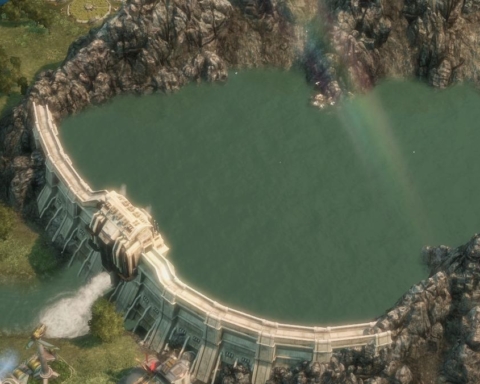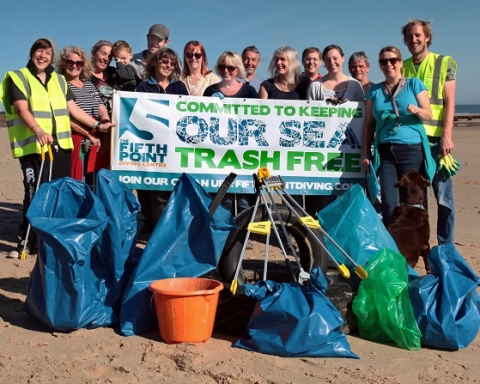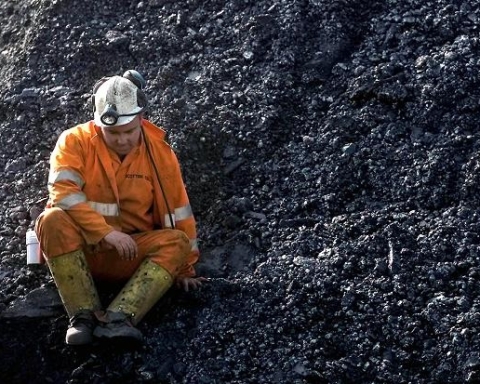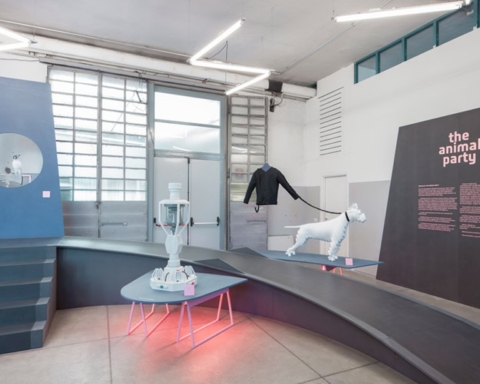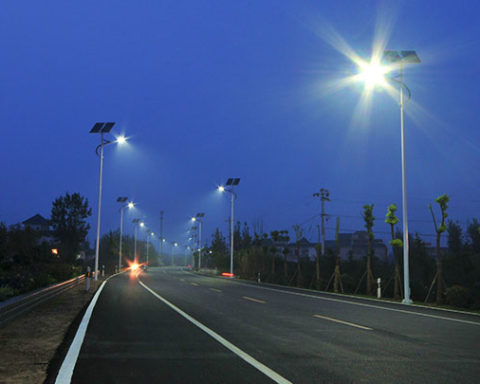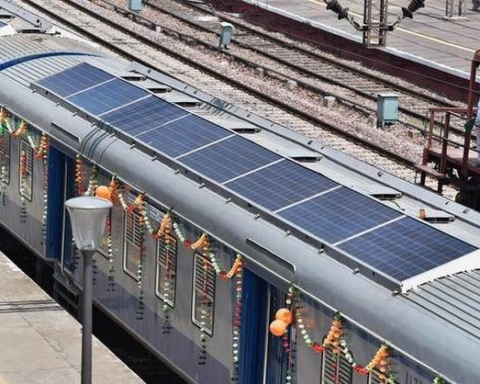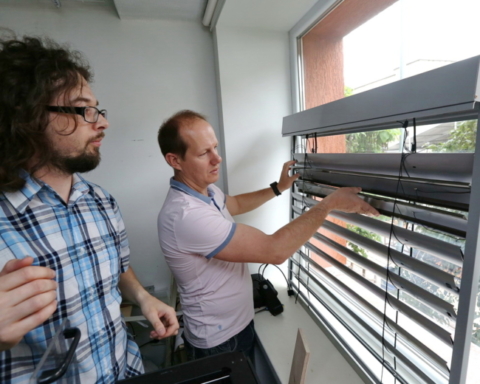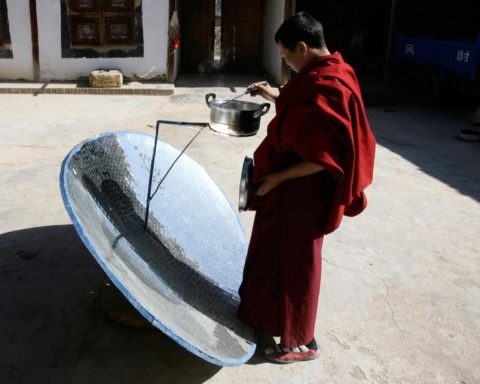While the Hornsea One project to equip the UK’s largest ever created wind farm is still in progress, the country of Her Majesty approved the second phase. At the end of the day, some 600 wind turbines will be located off Britain’s coast. The British government may proceed more calmly to the closure of its coal plants by 2025 to make way for clean energy.
 The wind farm project Hornsea Two is part of the approach of the UK to invest in new power generation capacity to overcome the pressure on power supplies over the next decade.
The wind farm project Hornsea Two is part of the approach of the UK to invest in new power generation capacity to overcome the pressure on power supplies over the next decade.
The Danish company Dong Energy has already obtained a building permit. Hornsea One could start producing electricity in 2020 and would be the largest offshore wind farm in the world. Hornsea Two will be located at some 89 kilometers off the Yorkshire coast and will be more than twice the size of Britain. Its 300 turbines are expected to generate about 1.8 gigawatts (GW) of electricity, enough to power up to 1.6 million homes.
“We have already invested 6 billion pounds in the United Kingdom, and the project Hornsea Two gives us another exciting development opportunity in offshore wind farm,” said Brent Cheshire, president of Dong Energy UK.
The government has said that his next renewable energy funding cycle will focus on offshore wind energy and stresses that around 10 GW of capacity could be installed by the end of the decade. “The offshore wind industry in the UK has grown at an extraordinary rate in recent years, and is a fundamental part of our plans to produce clean, affordable and safe energy,” said Greg Clark, Energy and Business Secretary.
The offshore wind industry is a fundamental part of our plans to produce clean, affordable and safe energy – Clark
The British government plans to close coal plants by 2025 as part of its efforts to achieve climate objectives of the European Union.
Wind power (onshore and offshore), is composed of about 11% of electricity production in Britain in 2015, against 9.5% the previous year.With an output of 3 GW, both sites have a similar capacity to the controversial nuclear project Hinkley C, which, if it goes ahead would be built by the French company EDF, with financial support from a Chinese public company for 18 billion pounds. With the exception of the nuclear plant, Hinkley C, those existing in Britain, which produce about a fifth of the country’s electricity, will close in 2030, when they reach the end of their operational life.



